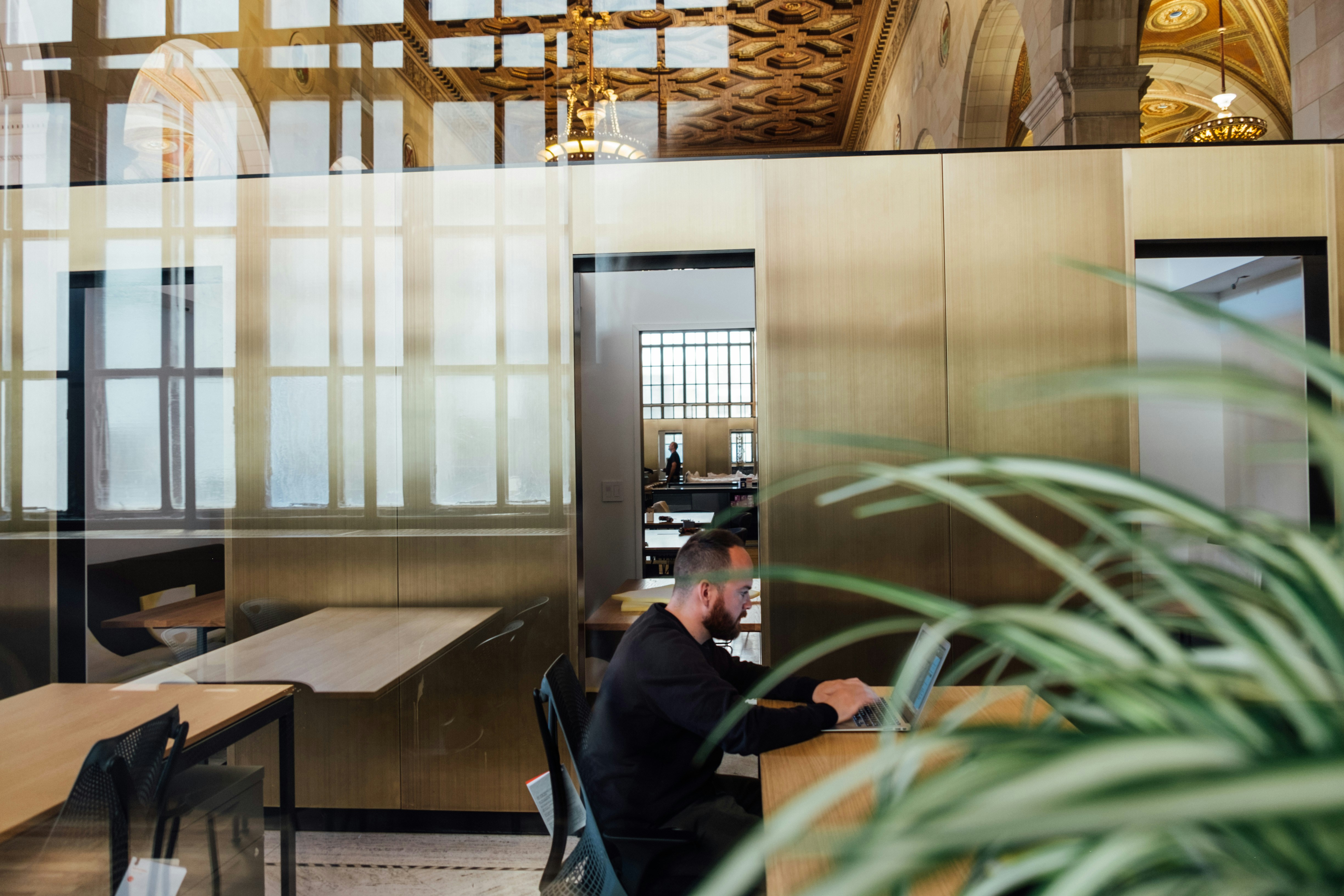


Recently, I was asked to conduct a short lecture on SD (Service Design) to the UX Immersive students at General Assembly, to explain how it differs to UX (User Experience Design). I was super excited! I love the idea of teaching and supporting the growth of young talent, especially within the design industry. But then a slight panic set in…
Do I really know how to define SD, and articulate it in a way that students will understand? In my daily job at Spotless, my role as a Senior Service Designer is constantly shifting from following structured processes, like Design Thinking or the double diamond, to ambiguous explorative projects where I need to be more strategic in picking and adapting the methods in my toolbox. I find myself switching between different project views; from helping to design the details, to thinking about the bigger picture of a service experience.
This was going to be a challenge.
I’m sure I speak for a lot of fellow Service Designers when I say we dread the question asked most often by a distant or elderly family member: What is it that you do again? I usually brush it off with, “I design websites,” or “I design Services like Uber or Deliveroo”. Sometimes to avoid the confusion, I’ll even say that I work in IT. You usually don’t get any follow-up questions to that one.
The design industry is wonderfully blurry, and it can be difficult to try and define one type of design, especially with the rise in popularity of Design Thinking and User- centred design. Then you’ve got Human-centred Design, Circular Design and Business Design creeping their way into the design limelight. The industry is notorious for spinning out new practices, processes, weird and wonderful job roles and creating a heavy debate about where one discipline stops and where another one begins. In preparation for my lecture, I decided to go onto Linkedin and review all the job roles that are supposedly applicable to me (see below)… my favourite being “Senior Sensemaker”.

Linkedin Job Adverts — 25th October 2018
I feel like these are a symptom of designers, and even businesses, desperately trying to find their safe space in the design industry, one that they fit in comfortably and can hide away from the ambiguity that design often involves.
No matter what we as practitioners identify as — whether that be UX Designers, Design Strategists or Service Designers — we all have the same goal, don’t we? A great demonstration of this shared goal is the news that the Service Design Network (SDN) and Interaction Design Association (IXDA) signed an official partnership agreement, at the recent SD Global Conference in Dublin. They have realised that UX’ers, IXD’ers (Interaction Designers) and SD’ers are all facing similar problems in their roles, so rather than silo ourselves, we can and should learn and help each other solve these similar problems.
We each believe that all people deserve to live in a well-designed world. We want to better the products and services we have today, as well as design new ones that will shape our future. However, this is, of course, a very idealistic view of design. One that may work well practitioner-to-practitioner but when it comes to selling or communicating the benefits of design to clients or internal stakeholders, I find it helps to create some structure and (soft) discipline borderlines.

I find it helpful to think of design in 4 layers; each layer getting more zoomed out than the last — not to be confused with a hierarchy of importance. Service Design is the design bird’s eye view. Some UX’ers can feel almost cheated and think: “Hey that’s what I do!”, believing that SD is just a repackaged version of UX. Sure, there are large overlays, but what SD builds upon it. I really relate to this definition that I have slightly adapted from servicedesign.org;
Service Design is the practice “of designing experiences that reach people through many different touch-points, and that happen over time.”
So for UX where it is about understanding and then designing each and every step the user takes in an individual touch-point journey such as a website or app…Service Design is about understanding the holistic service experience, as it happens over time. As SD’ers, we include each and every touch-point; from a digital app to a conversation with customer service staff, and even the messy bits in-between.


But it goes even deeper than that! The service that people experience is just the tip of the iceberg (to use a cliché metaphor). Underneath each and every service experience is a large system that helps it become a reality. As a Service Designer, you are likely to spend the majority of your time under the water — away from the more classic design tools, such as Sketch or InDesign.

So why should you care about Service Design, if you’re not a “Service Designer”? When you look it up on Google, you usually get presented with post-it parties and many MANY confusing and complex diagrams. And this is super misleading! Humans are programmed to find uncertainty uncomfortable, maybe even as far as a little dangerous… and when it comes to something as messy and chaotic as Service Design, it makes sense that we have tried to make sense of it, to identify a pattern and therefore put tools and processes around it to make it feel “safe”. When we talk about Service Design… it should really look human. It is about creating experiences that people enjoy, talk about, and come back to! It is about designing something real that we put out into the wild.
That’s where you come in; whether you’re another type of designer, an employee of a service provider or even a consumer. A service can’t be designed by one person or role! It is almost ludicrous that I’m called a “Service Designer”. Essentially, we all practice Service Design. What I mean by this breaks down into 2 points:
- Other design practices like UX are extremely important parts of designing a service! While UX Designers work out the architecture and interaction within certain touch-points, it is our role to be working more zoomed out. Together we co-create the experience.
- As Designers, we can only design, or control, a service up to a certain point. We can only design for the conditions in which we think that service will thrive. Once the service goes into the wild the service experience is constantly being challenged, broken and iterated by the people using it.

So if we all design services, what the heck does a Service Designer do today? Well, I think it is to be a facilitator and advisor to businesses. Often this involves getting the right people in the right rooms, manage stakeholders across different product teams and often just being there to listen to people’s concerns. Service Design can, therefore, help create the need for more UX design and set up the right conditions for it to thrive and fit within the bigger picture.






Ben is on hand to answer your questions.


.jpg)

.jpg)
.png)



.svg)




.png)

